Where is humanity headed according to the evolution of our collective unconscious? And what is the next stage of history according to this emerging trajectory?
Disney’s talent of tapping into the cultural collective unconscious and mirroring it back to the public is evidenced through decades of successful storytelling.
Utilizing archetypal narratives, Disney exposed that for decades the collective’s focus has been on the anima and aminus relationship, i.e. the unification of masculine (Prince) and feminine (Princess).
A lingering romanticism as the mythological center was expressed in classical films of the 1940s and 50s such as Snow White and Cinderella.
In later decades, however, a disenchantment with romanticism was depicted in satirical movies like Shrek and Enchanted, and a feminist edge was given to characters like Jasmine and Megara, thus portraying a combination of independent women alongside heroic men. And more recently, in movies like Frozen (the original) and Maleficent, the man is cast into the shadows. Ana’s prince turns out to be a liar, and Kristoff is not the one to save the day. In both films it is platonic “sisterly” love that takes the hero through their journey.
Is Disney attempting to re-engineer the public’s archaically ingrained images? Is original Frozen, as Jordan Peterson commented, truly a “propaganda” film that fails to use the archetypes as they are embedded in the human psyche?
More reasonably, it appears Disney’s move away from depicting fairytales as they once did is a reflection of a psychic-cultural transition phase happening within the collective. This transition phase is the result of a shift in the interpretation of the archetypes we have become so accustomed to. The ego consciousness of the collective, experiencing a new relationship to the eternal images of the psyche, gives rise to new cultural and religious phenomena.[1]
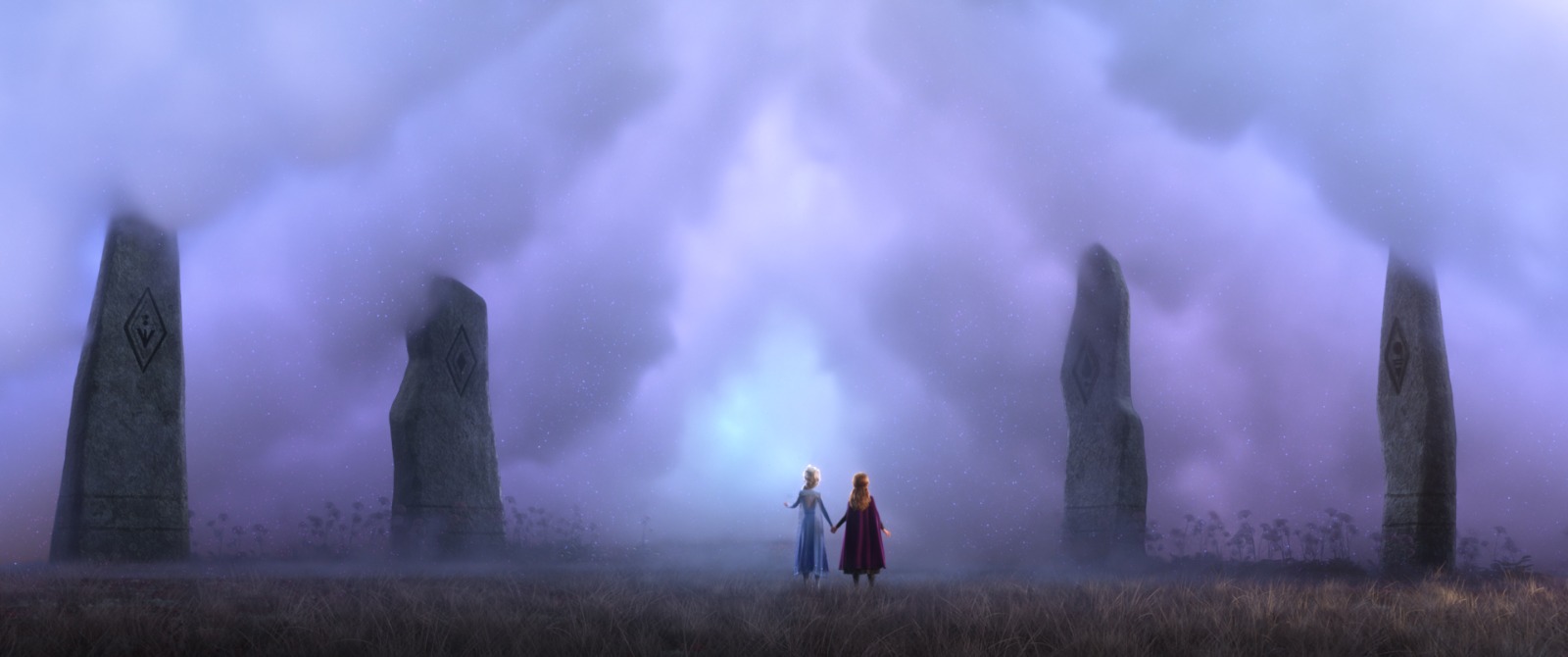
Where is the collective archetypal focus today?
The anima and animus seem to have taken a back seat as a new era of a primordial throwback into a spiritual and psychological narrative is echoed in Disney’s most recent film Frozen 2.
The film begins when Elsa hears a voice. Its call is coming from the mysterious Ahtohallan River, which is a storehouse of ancient memories said to possess all knowledge and answers. This symbolizes the call of the collective unconscious of Elsa and her people. Her failure to be true to herself, as well as an injustice perpetrated by her ancestors, eventually pushes her out of her conscious comfort zone “into the unknown” of the unconscious abyss.
Elsa’s initial fear of the unconscious revelation and the repression of her shadow bursts out in the form of the four elemental spirits (fire, earth, water, air) trying to destroy her kingdom of consciousness, symbolized by Arendelle.
Elsa then journey’s into the Enchanted Forest, to rectify her relationship with the spirits of her unconscious – befriending the fire spirit, wrestling with the air spirit and taming the water spirit.
Upon finally accessing the Ahtohallan River, Elsa witnesses all of the ancient memories of her own life and the life of her tribes. Yet it is only when she goes “too far” deep into the river, risking drowning, that she finds the truth. Elsa learns the sins of her history but also freezes to “death” in her unconscious.
As Ana (Elsa’s other half) corrects these sins by destroying the dam blocking the spiritual energy, the narrative is brought to a closed circle. Elsa comes back to life, then dashes towards Arendelle to redirect the water of the dam – the “flood” of the unconscious now released – away, thus preserving her kingdom despite the opening of the spiritual gates.
Elsa then realizes that she herself is the “fifth spirit” – the alchemical hero bridging the unconscious with consciousness, synthesizing spirit and matter. It’s also stated that Elsa and Ana are actually both two sides of the fifth spirit. Indeed, while Elsa tamed three spirits, it was Ana who tamed the final earth spirit, not by coincidence, as the earth is the domain of the physical. True to this awareness, Ana takes her place as queen of Arendelle (the physical/conscious) and Elsa takes her place as queen of Northuldra (the spiritual/unconscious) where she has known in her heart all along that she belongs.
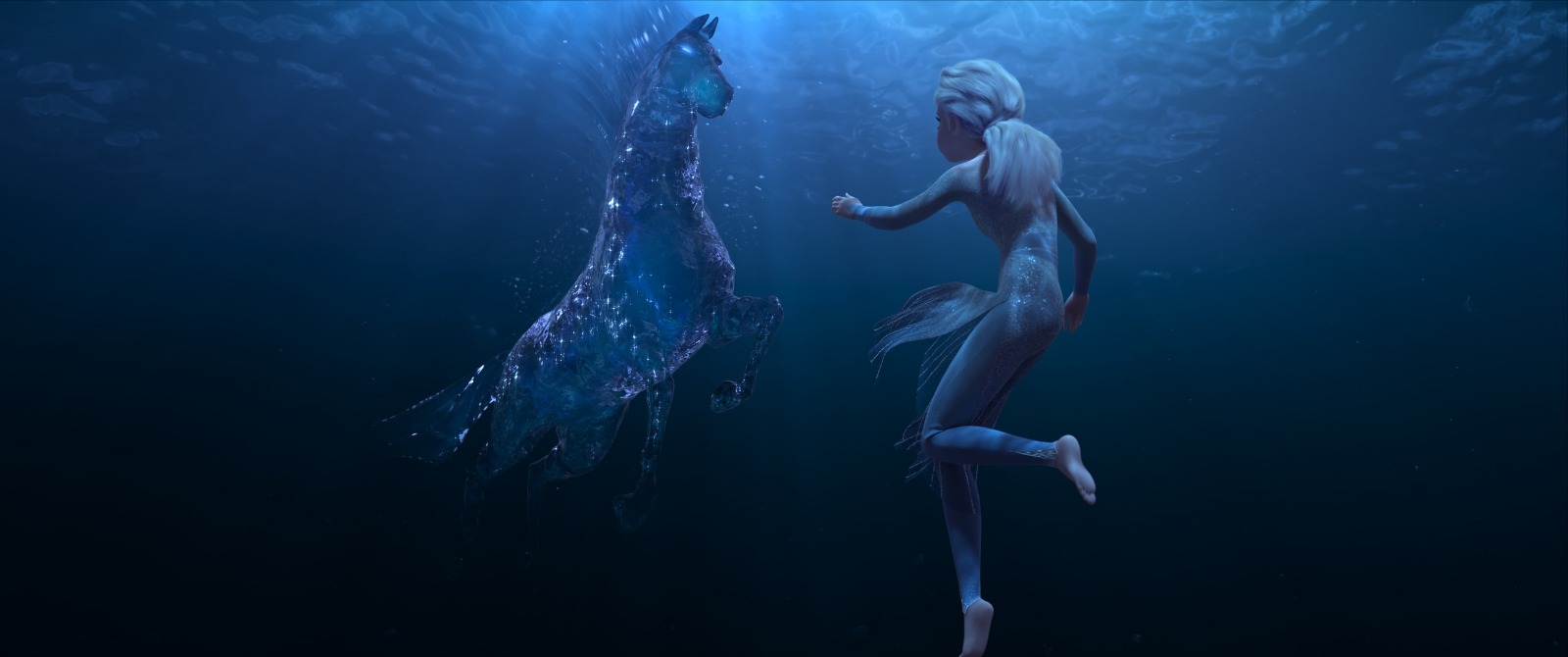
Elsa listened to the voice of the collective unconscious and risked the plunge, but did so while remaining conscious and maintaining her ego-stability, permitting for a personal and trans-personal “revelation” of truth about herself and her people. This concludes the story as one of integration of spirit and matter, of the unconscious and the conscious, the individual and the collective.
While primitive man’s prescientific consciousness allowed easier access to the unconscious, he was in greater risk of easily drowning in the flood of its contents, dynamics and influences.[2] This lack of conscious ego-stability developed an “animated” dream-like world of mythology that could not differentiate fact from fiction.
Modern man then attained the dawn of consciousness, developed abstraction, rational-analytical abilities and empirical knowledge, but paid with the keys to the primal depths of his original psychic situation and its soulful qualities.[3]
In times that primeval man was able to preserve conscious awareness while engaging the content of his unconscious, his visions would gain clarity from the differentiating power of conscious thought. Erich Neumann, a psychoanalyst and student of Carl Jung, suggests that this was what differentiated true revelation from false imaginations.
The narrative in Frozen 2 is a classic archetypal depiction, not of the masculine and feminine but rather of individuation – the process of synthesis of the self through the integration and union of consciousness with the unconscious. While this theme is not exclusive to the Frozen sequel, it is explicit, direct and mature depiction of the individuation process may be telling of human civilization’s current archetypal attention.
It appears our generation’s hero’s journey is aiming towards, or is at least subconsciously captivated by, a future of further integration and synthesis. It is poised to regain access into our mythological roots, unlock the primordial riches within, but simultaneously remain in a conscious state.
Reclaiming this access while maintaining our ego-stability may enable the construction of a world in which the valuable but dangerous figures of the unconscious are assigned a new place, while retaining their libido effect and compelling soulful significance.
It may not be a disenchantment with the traditional fairytales that has thrown them into the background, but rather a level of sufficient synthesis of the anima-animus, which grants us this shift onto other universal themes – of bridging unconscious and consciousness, spirit and matter, individual and collective.
Perhaps Peterson would approve of Frozen 2?
[1] For expansion on the evolution of relation to archetypes see Erich Neumann’s “The History and Origin of Consciousness”
[2] Neumann, Erich. The Roots of Jewish Consciousness, Volume One (p. 49). Taylor and Francis. Kindle Edition.
[3] “…[T]he conscious state is the late and uncommon phenomenon, and its complete attainment is far more of a rarity than modern man so flatteringly pretends, while the unconscious state is the original, basic, psychic situation that is everywhere the rule.” Neumann, “The History and Origin of Consciousness”

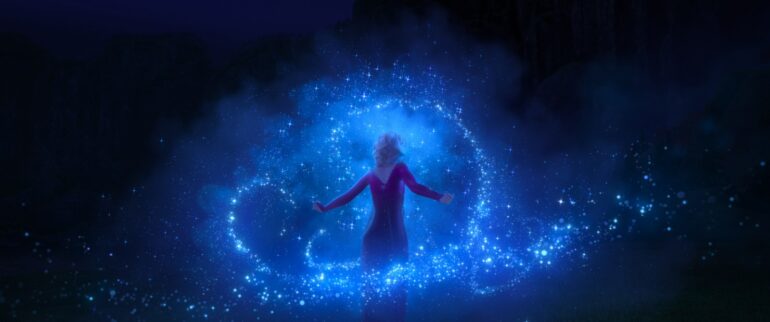
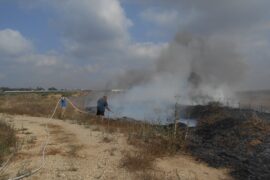
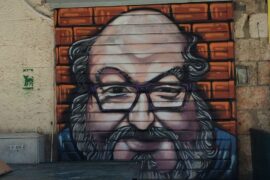
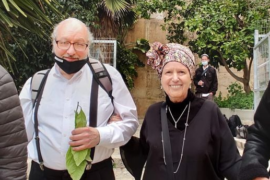
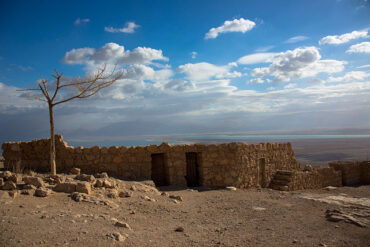
The meta-story (or thesis) of Frozen II is that the Flux is the quintessence instead of the Logos.
To futher explain, It was an interesting take on the Hero’s Journey. The plot affirmed Hereclitus’ Flux (yin/mother nature), as opposed to the Logos (yang/civilization), as the quintessence. The story’s structure affirms that The Dao (way) between nature and civilization is the hero (in this case, mother nature), which includes the traditional elements of the call to adventure, the descent into the underworld, and the rescuing of one’s parents (or the past) from the abyss and changing society from uncovered wisdom/truth. The plot was also about tradition and historical narratives of fault in wars between colonial powers and first nation peoples, as well as a tearing down of a wall… and it not being the end of civilization.
Kristoff’s sole purpose was to establish Ana as a representation of tradition and civilization in juxtaposition to Elsa’s identity as untamed nature.
Olaf was the wise fool; basically there to hammer the point home, in case you missed it, with the whimsicalness to hide the fact that the audience should actually take him seriously.
And Olaf has this weird John the Baptist (C-3P0 to the Ewoks) vibe, especially in the after credits scene. Almost as if the death/rebirth motif was trying to be sacrilegous. And, I mean common, you literally have civilization holding back the feminine (the dam holds back the water/flux as the wall protecting the “garden” of civilization from nature). I still can’t figure out what the movie meant by “the only thing that lasts is love,” as if the Logos can be reduced to an emotion, but since the movie rejects the Logos as the quintessence, that makes eternal love an aspect of Flux, which is a giant paradox (Flux, by definition, is that which constantly changes). And then breaking the wall that is holding back mother nature has no consequences after Elsa swoops in dues ex machina to show that worries of the fore-fathers were all just silly fear (blank-phobia). The antagonist, near as I can tell, is the past (or rather, male, colonial historians) and it’s false narratives.
This is good! Would probably not have watched Frozen 2, but will now. Bonus points for citing Erich Neumann.